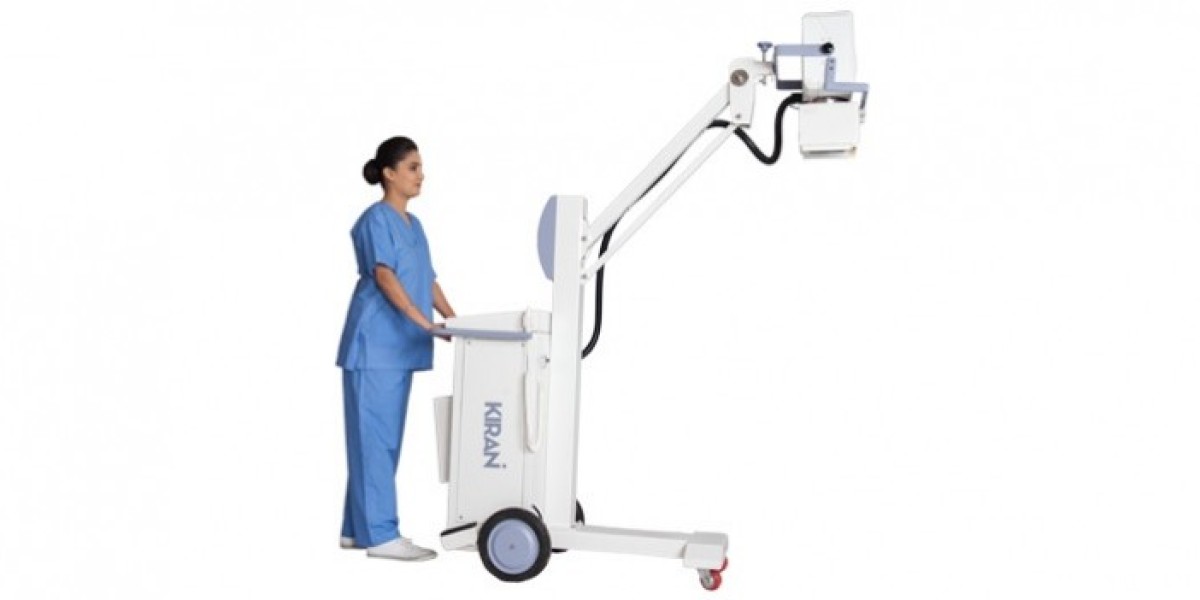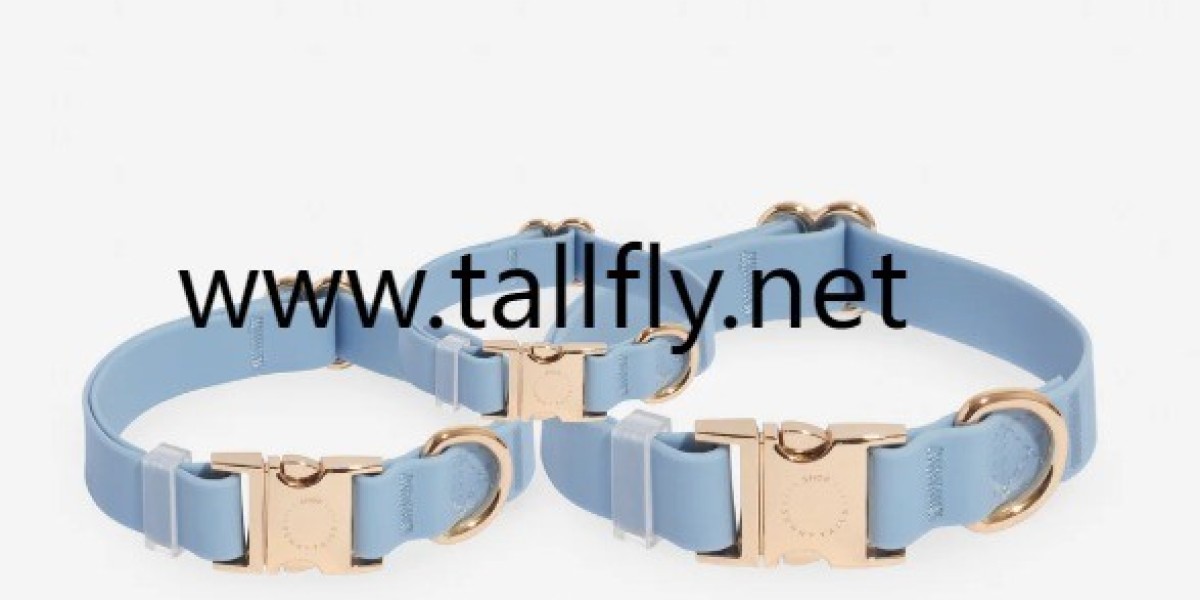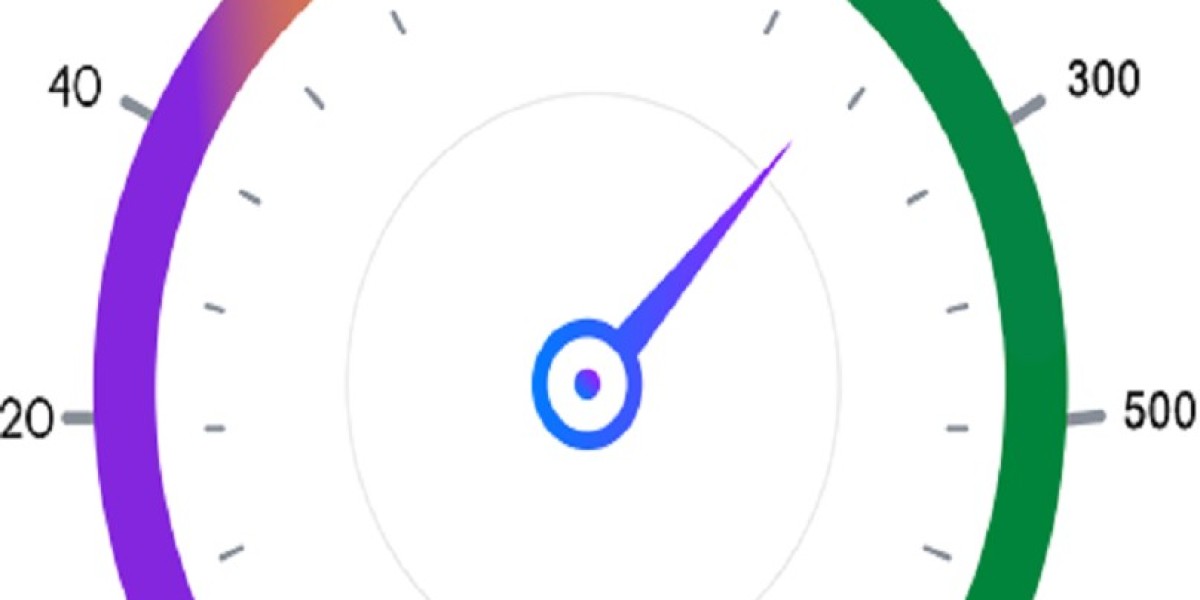If you have a groundbreaking idea, the first practical step toward making it real is building a prototype. Learning how to make a prototype is essential whether you’re developing a new gadget, medical device, or industrial tool. A prototype is more than a visual sample—it's a critical part of product development that allows for testing, refinement, and validation.
This article outlines the complete process of prototype creation and how it helps bridge the gap between concept and market-ready product.
What is a Prototype?
A prototype is an early sample or model of a product built to test a concept, design, or functionality. It helps inventors and businesses visualize their ideas, identify design flaws, and gather feedback before moving into full-scale production.
Prototypes can be rough (for initial concept testing) or fully functional (for user testing, investor presentations, or pre-manufacturing trials).
Step-by-Step Guide: How to Make a Prototype
- Define Your Idea
Start with a clear description of your product’s purpose, features, and user benefits. Identify the problem it solves and how it improves existing solutions. - Sketch the Concept
Create rough drawings or digital illustrations to show how the product looks and functions. These help communicate the idea clearly to designers and engineers. - Create a Technical Design
Use CAD (Computer-Aided Design) software to build 3D models. This step is crucial for understanding dimensions, materials, and mechanics. - Choose the Right Materials
Based on functionality and cost, select suitable materials. For early-stage prototypes, low-cost materials like foam or plastic are common. Later stages may use final product-grade materials. - Build the Prototype
Choose a prototyping method: - 3D Printing: Great for fast and cost-effective prototyping.
- CNC Machining: Ideal for precision parts.
- Manual Assembly: Useful for simple or low-budget builds.
- Test and Evaluate
Test the prototype for performance, usability, and durability. Look for design flaws or usability issues that can be improved. - Iterate and Refine
Based on testing and feedback, make necessary adjustments. Often, multiple prototype iterations are needed before finalizing the design. - Move Toward Final Product Development
Once the prototype meets expectations, transition to new product development and design for manufacturing (DFM).
Benefits of Prototyping
- Visualizes the Concept: Helps communicate your idea effectively to stakeholders and investors.
- Saves Time and Money: Identifies issues early before mass production.
- Improves Functionality: Enables testing of user experience and mechanical performance.
- Secures Funding: Investors are more likely to support tangible, testable prototypes.
Work with a Prototyping Company
For the best results, consider partnering with a professional prototyping company or product engineering service. These teams have the tools and expertise to bring your idea to life with efficiency and precision.
Conclusion
Understanding how to make a prototype is the foundation of successful product innovation. By following a structured process—ideation, design, testing, and refinement—you can transform your idea into a working model ready for market development or investor presentation.
Take the first step today and start prototyping your vision into reality.








